
FANTASY LIFE i: The Girl Who Steals Time Review
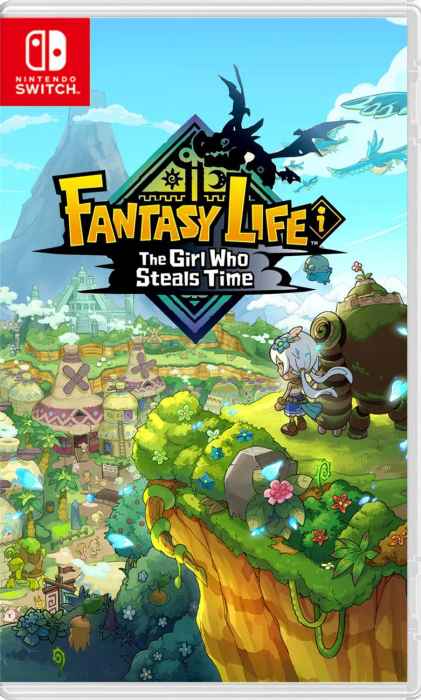
Pros
- Cute aesthetics and animations
- Solid music by fabled composer Nobuo Uematsu
- Party mechanic that allows NPCs to help out with the busywork
- Enjoyable fighting, farming, crafting gameplay loop
- Boss trees, vegetables, fish and ore with appropriate boss music
Cons
- Generic story
- Banal Life rank assignments
- Repetitive minigames
Much has changed since the original Fantasy Life launched for Nintendo 3DS back in 2012; an entire console generation has passed (nearly two, in the case of Nintendo) but more importantly Stardew Valley set a new standard for life sim games and sent notice to developers who had let the genre fall into decline - improve and iterate, or your fans will do it for you. After such a long hiatus, how does Fantasy Life i: The Girl Who Steals Time, sequel to the original game, fare?
There are fifteen Lives in the game to choose from, and while the narrative makes a big deal out of your first Life, you’ll need to master many of them to get the most out of the game.
Living Those Fantasy Lives
After creating your invariably cute protagonist, the plot will contrive to strand you in Mysteria Kingdom, whereby royal decree, you’ll be forced to engage with the game’s primary gimmick: you’ll need to get a Life. Fantasy Life i is a hybrid life sim/RPG, and the game’s fifteen Lives serve as stand-ins for classes, with each Life governing some combat style (defensive sword and board, slow but powerful greatswords, archery or spells), gathering activity (mining, woodcutting, fishing or farming) or crafting (blacksmithing, carpentry, tailoring, cooking, alchemy or artistry).
You can switch between these Lives at any time; you only need to complete (or skip) a tutorial quest that introduces you to the vocation, and you’re expected to juggle multiple Lives at a time. Once you’ve unlocked a new gathering or crafting Life, you will automatically switch to it when necessary - say you find some ore to mine in a dungeon, just approach it and you’ll change to the Miner when you interact with it. Likewise, you’ll automatically shift to the appropriate crafting Life when creating anything at any workbench. Not needing to swap Lives manually (although you can do this, too, at a whim) is awfully convenient, but it also diminishes the importance of non-combat Lives somewhat. Your combat Life(s) will end up defining your character, as that’ll be what you play as most of the time when questing, swapping to something else to mine, fell trees or craft, then going back to your combat Life whenever an enemy rears its head.
(1 of 2) Combat Lives steal the show given how often you need to use them, but gathering Lives aren’t entirely abandoned - they get their own versions of “boss fights” against unique trees, ore deposits fish and vegetables, complete with choral boss music!
Combat Lives steal the show given how often you need to use them, but gathering Lives aren’t entirely abandoned - they get their own versions of “boss fights” against unique trees, ore deposits fish and vegetables, complete with choral boss music! (left), Crafting Lives, on the other hand, exist primarily as a copy/pasted minigame shared between them. (right)
Mediocrity and Minigames
Combat itself is a fairly generic affair, you’ve got your standard normal and heavy attacks with charged variants of each, a dodge roll, and a special move that has to be refilled between uses. Attacks can deal either physical or magical damage, and there are also some elemental attacks and resistances at play, but none of this seemed to matter much during our playthrough. We were able to cut through everything in our way just fine by spamming a charged attack that shot out blade beams - the only tactical consideration we ever really had to make was firing off the attack when we’d benefit from its generous iframes, especially when we were close to enemies, where the attack would have a shotgun effect.
…but then again, treating that legendary fish or fabled tree with the same gravitas as a terrifying dragon does help make the gathering Lives feel more important.
While combat Lives steal the show, every Life has its own level and skill tree you must ascend through. Defeat enemies in combat and you’ll gain EXP, but you’ll also gain EXP when you harvest vegetables, cut down trees, mine or successfully craft an item, and enemies, trees, ore, vegetables and fish all have levels indicating the relative difficulty - there are even “boss” trees, ore deposits and fish, complete with over-the-top choir music when you engage with them. It’s silly, but then again, treating that legendary fish or fabled tree with the same gravitas as a terrifying dragon does help make the gathering Lives feel more important.
Not only do you level up and have different equipment loadouts for each Life - including the all-important Life Tool (or weapon, for combat Lives) but each Life also has a rank. Best viewed as “Life goals”, at each rank, you’ll get a laundry list of tasks to complete, and it’s here that the game veers a bit too far towards the banal. Combat Lives will be charged with defeating X amount of Y enemies, gathering Lives will need to harvest a set number of resources, crafting Lives will have to craft everything in the class tab of the crafting list, and so forth. It’s mandatory busywork, and probably the least compelling content the game has on offer, especially considering how it inevitably exposes another one of the game’s weaknesses: lack of content variety.
Combat is a simple enough affair, and the most depth the game ever required from us was charging a beam attack.
All your gathering Lives functionally share variants of the same minigame - search for the objective’s “sweet spot” to deal more damage, then spam normal, charged and special attacks until its HP meter is depleted, at which point the objective (be it tree, ore, fish or vegetable) will be harvested. Penalties for failure are virtually non-existent aside from having to wait for your stamina to recover, and you’ll soon realize it’s best to just push the main story so you have access to better materials and hence tools, which will expedite these minigames.
Crafting is arguably even worse, as these Lives functionally exist entirely in their detached minigames - you will only ever really do anything as a Cook, Blacksmith, Carpenter, Tailor, Alchemist or Artist at a workbench, where you’re presented with the same minigame tasking you with matching an action to a series of icons. Different Lives have different icons and on-screen tools, but this is all aesthetic; the minigame functions the same way for all these Lives, tasking you with pressing, mashing, holding, or rotating buttons around until you’ve filled a progress bar on the bottom left of the screen. It’s not a stretch to say that crafting Lives are best ignored until you’ve got a fair supply of materials to use, at which point you can just craft everything on your quest list and play through crafting Life ranks. This isn’t to say that crafting Lives aren’t useful, Blacksmithing and Carpentry are incredibly important for their ability to craft new weapons, armor and Life tools, but there are other (albeit inferior) sources of this essential gear, which gives combat and, to a lesser extent, gathering Lives more autonomy than crafting Lives have.
You can find around 50 Strangelings in the game, which can be reverted into their true form - NPCs who specialize in a single Life who will accompany you on your adventure.
Strangeling Companions and the Base Camp Playground
If you’re starting to find a particular minigame (and therefore the associated Life) tedious, there is a silver lining: You don’t have to go it alone in Fantasy Life i. A short way into the game, you’ll be introduced to two key features: Strangelings and your Base Camp. The former are transmogrified humanoids who can be reverted to their natural form by extending some currency, who will subsequently join you as a possible party member. Like the player, each of these Strangelings has a Life, although theirs is immutable: a Blacksmith Strangeling will always only ever be a Blacksmith, for example. You can form a party with up to three Strangelings, and while in your party you can direct Strangelings to gather materials for you, craft items, or if they’re a combat Life, they’ll prove considerably more competent in battle. Not only can these NPCs substitute for you, if you wish, they can also assist you - they’ll automatically join in when you’re gathering, helping you cut down trees, mine ore and catch fish, and if you assign them as crafting buddies (something they do not need to be in the party for!) they’ll add part of their crafting ability score to your own. This can prove to be downright essential to harvest endgame legendary materials or craft perfect, high-tier items, but arguably more importantly, it makes your adventure less lonely.
The greatest strength of Fantasy Life i is just how charming it all is.
Your companions can be fully equipped and will follow you around everywhere, helping out as directed and as their Lives allow, but the Base Camp also serves as the hub for your Strangeling companions and a playground for the player. Here you can build farms, take on simple fetch quests from your companions, build houses, decorate the interiors and exterior and even lightly terraform the place with the help of robotic assistance. It’s not all smooth sailing, as some of the options are more fiddly than they need to be - having to go into a building and talk to an NPC just to move bridges, stairs, ramps and buildings is a bit of a chore, but it can’t undermine the fun of customizing your own base.
The game tells a simple, generic, competent, but ultimately forgettable story, albeit one brimming with charm and likeable characters.
The Girl Who Steals Time
The greatest strength of Fantasy Life i is just how charming it all is. A chill, cute life sim that doesn’t take itself too seriously (minus one story beat which seemed a bit out of place, albeit one that defines the villain’s motivations) and welcomes you back with open arms when you just need to turn off your brain and indulge in some low-stakes escapism. The story on offer here is generic fantasy fare - save the world from the obvious bad guy, who is naturally shadowy and apocalyptic, and easily juxtaposed with a surprisingly useless but benevolent goddess. It’s not Clair Obscur: Expedition 33, you won’t be talking about the revelation of the game’s tagline around the water cooler, but it gets the job done.
All in all, Fantasy Life i is greater than the sum of its parts and doesn’t do anything drastic enough to ever dissipate the fuzzy warm feeling you get while playing the game. Even an inconsiderate time-hungry endgame grind can only dull the luster of Fantasy Life i slightly, and by then you’ve already gotten your money’s worth out of your adventure. Fantasy Life i may not revitalize the life-sim genre or reach the dizzying heights of popularity of Stardew Valley, but really, what else does? It’s a competent, charming game that may just serve as a nice casual complement to whatever other big, serious AAA games might be in your rotation and is definitely worth a look.
Chill
A cute, wholesome escape from the drudgery of modern gaming, its charm undiminished despite a generic story and repetitive minigames.
Gameplay:
Sound:
Graphics:
Story:
Value Rating:

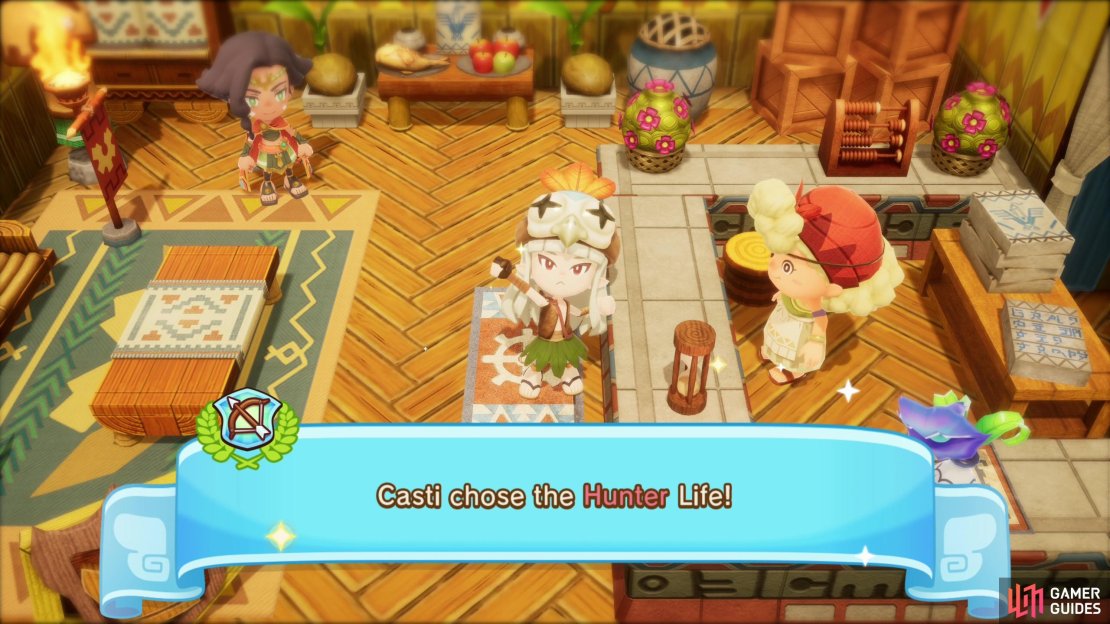
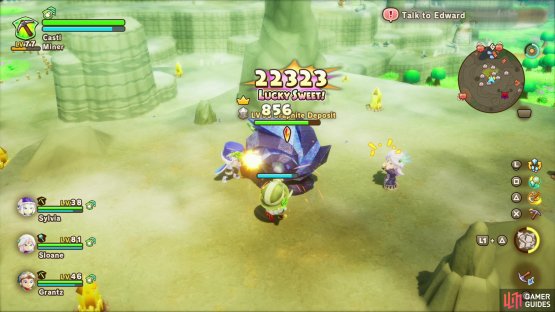

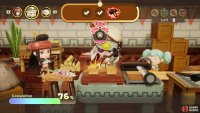

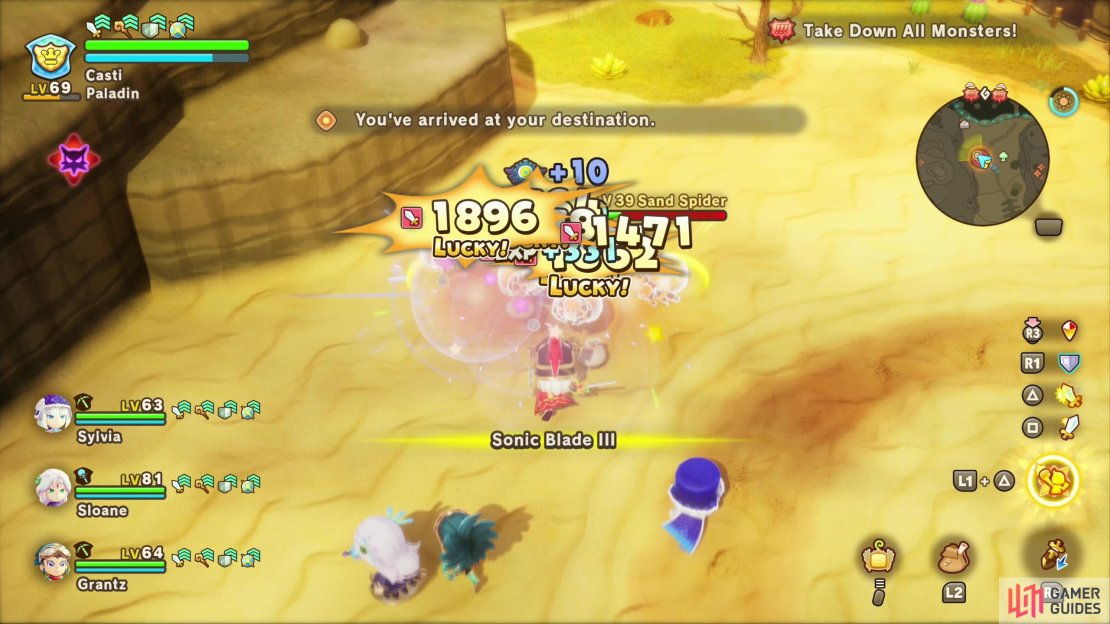
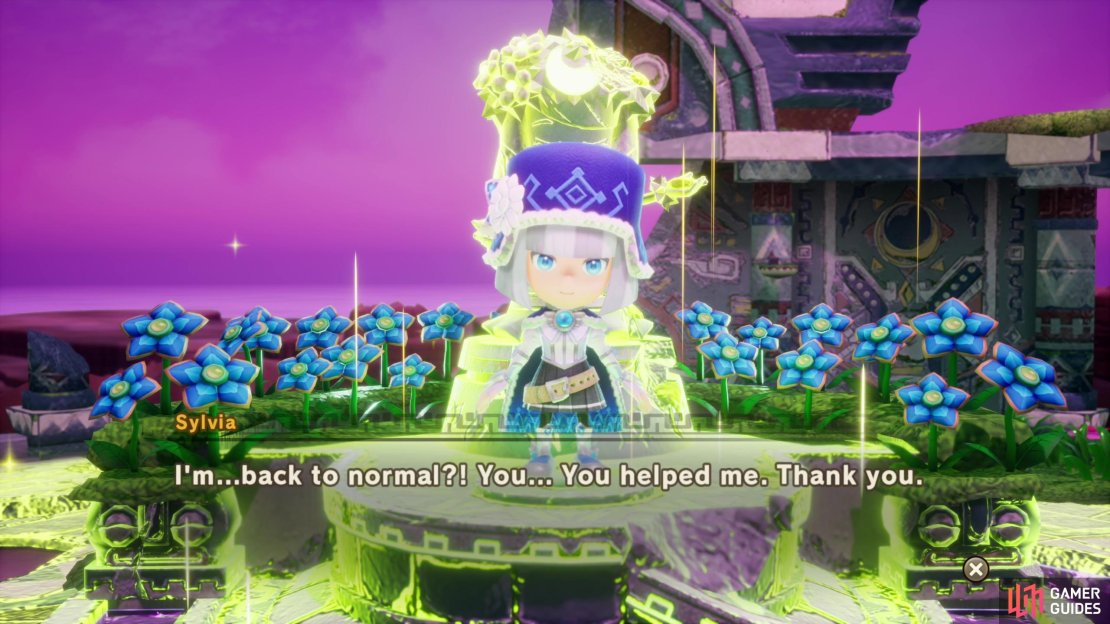
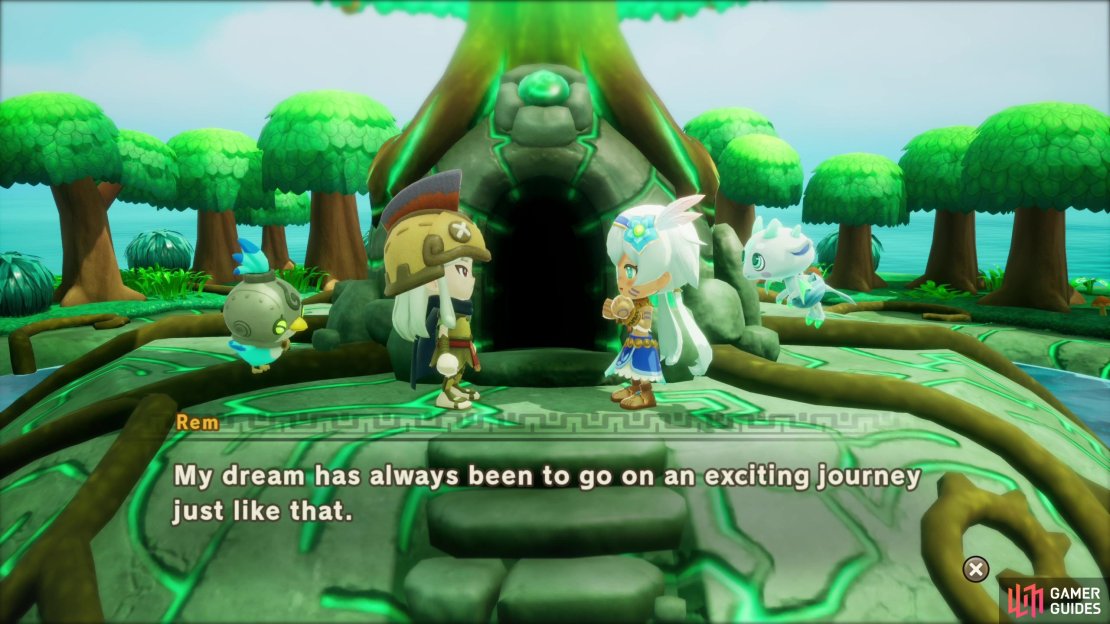
No Comments